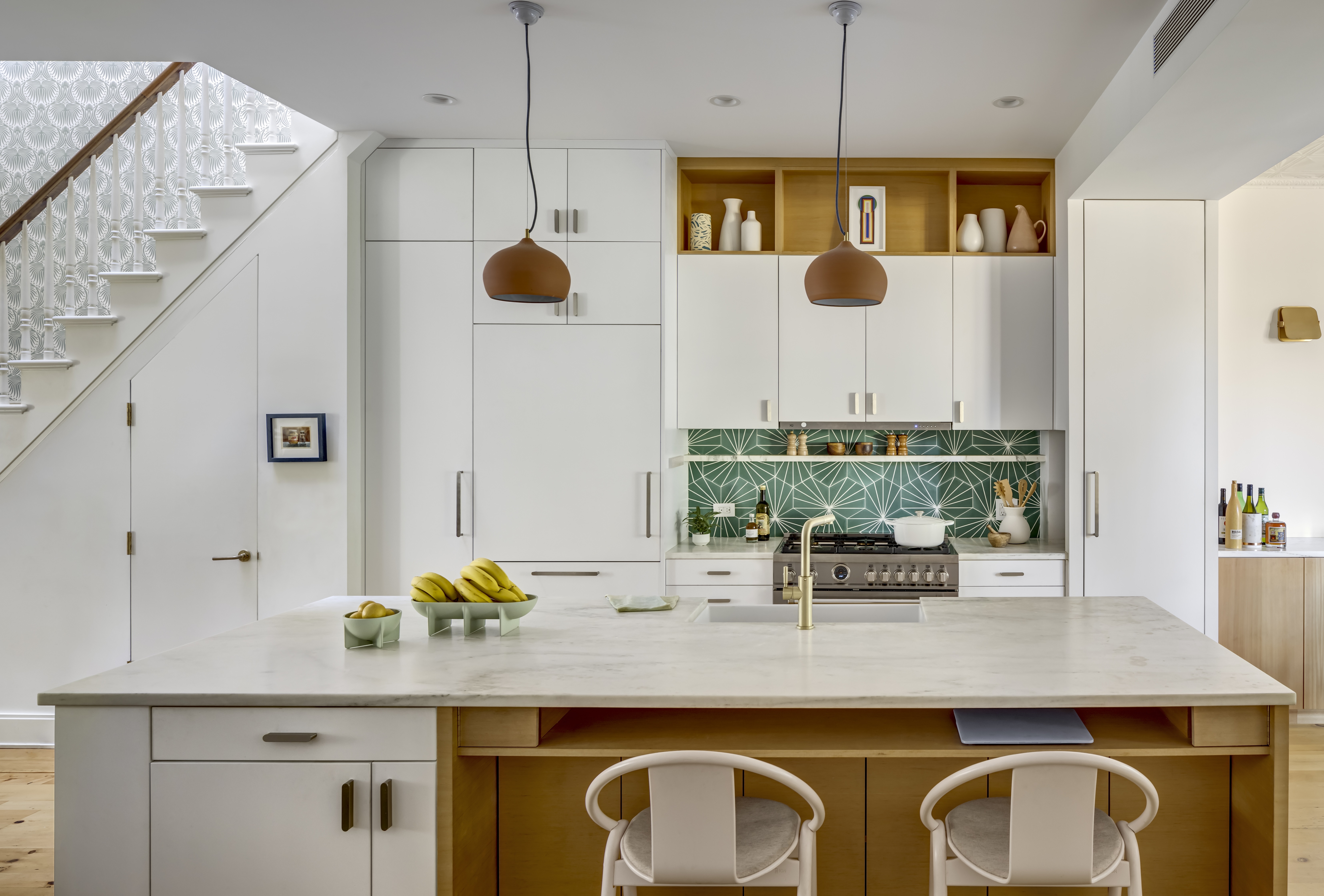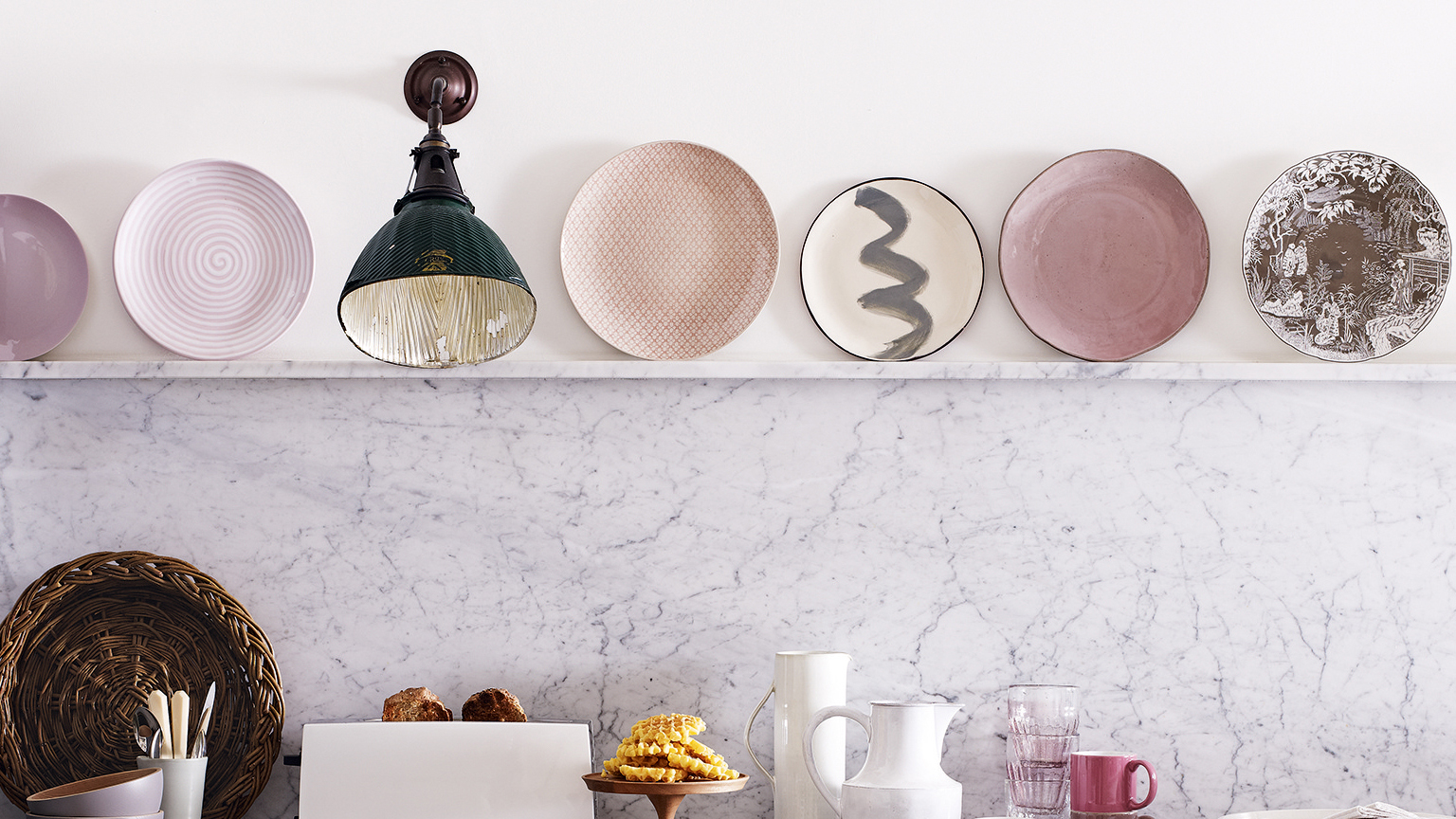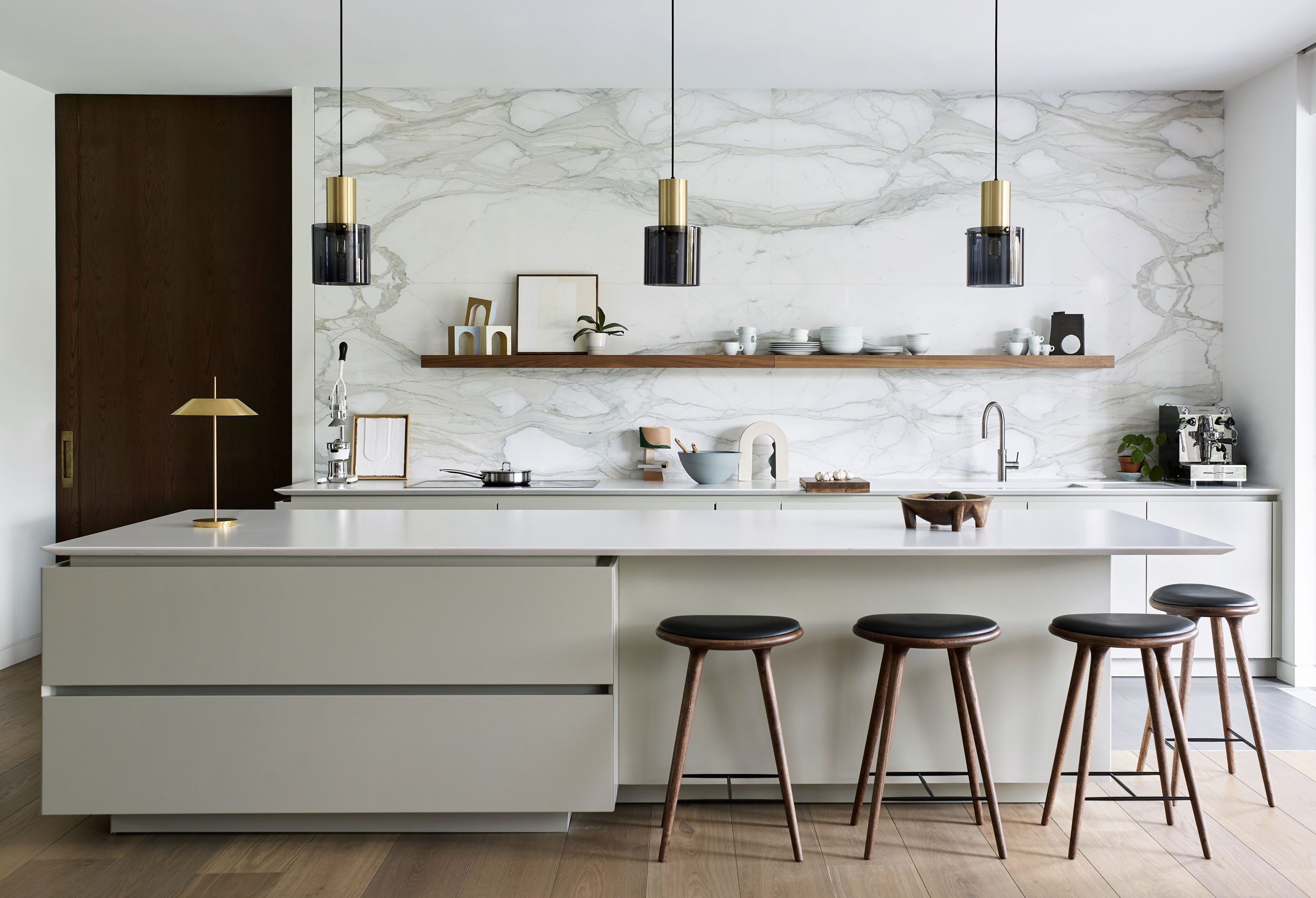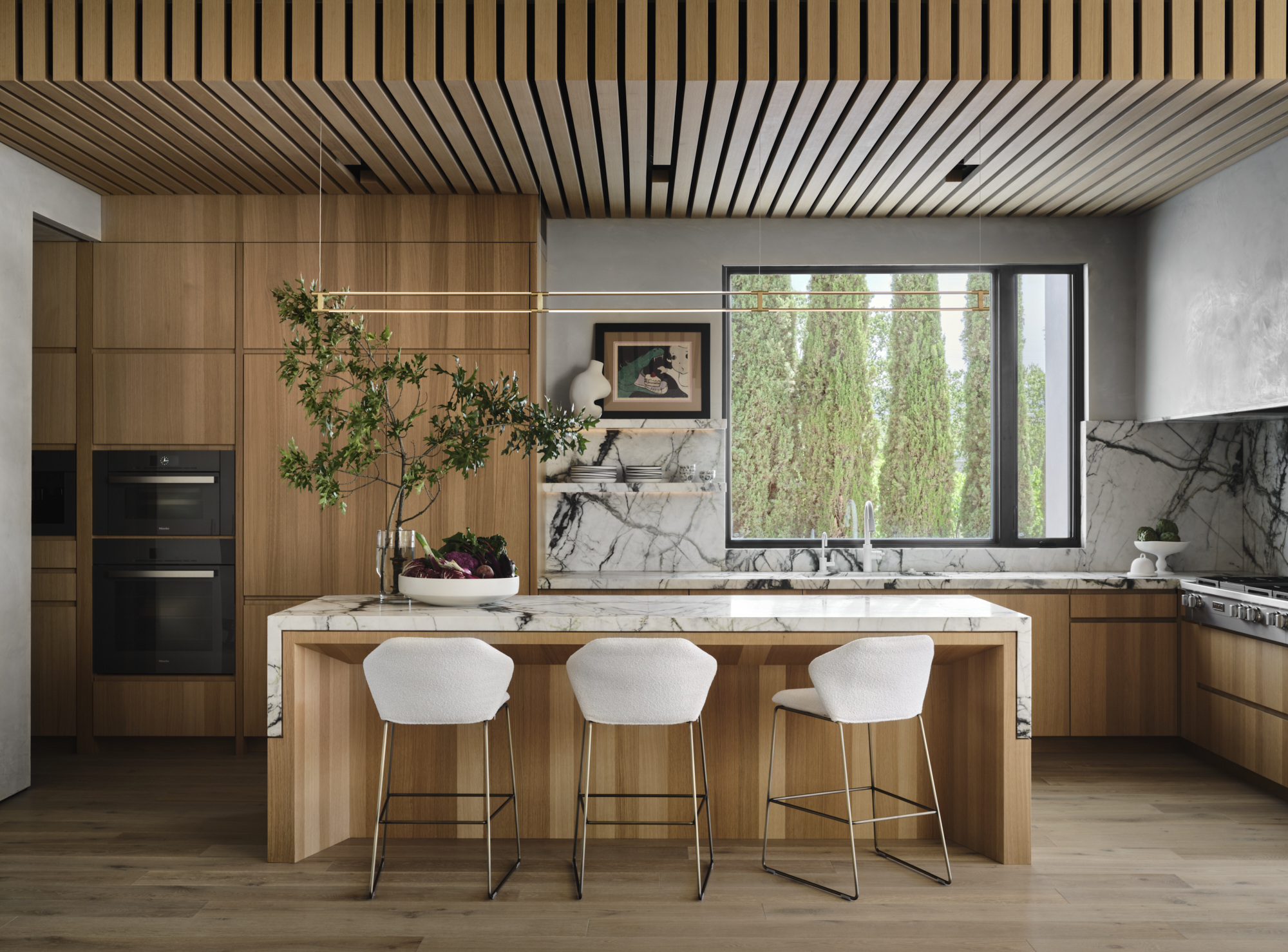4 Things You Should Never Store in Your Low Kitchen Cabinets — Don't Make These Mistakes
There are many reasons why you should store these items higher up in your home and this is how you can do it


There are a multitude of reasons why a homeowner needs to be mindful about what they're storing in low-down cabinet shelving. From promoting the risk of items being caught by damp to potentially creating a clutter-zone, it's more important than ever to implement a method and order to this storage space.
I try my best to be mindful when designating different areas of my storage, using the bottom section for larger items that are less likely to get lost. But even past mindfulness, there are certain items that you really shouldn't store in low-down cabinet shelving at all, which is why it's best to remember what to keep in low kitchen cabinets.
We spoke to a few professional organizers to get to the bottom of this dilemma, and here's what they had to say about things you should not store in low kitchen cabinets.
1. Breakables

Breakable items such as vases or extra crockery cause somewhat of a conundrum in the world of storage and organizing. On one hand, storing these items low down means if they fall they are less likely to shatter or crack as they won't drop from a distance. However, storing breakables up high means they are far less likely to get knocked into in the first place. So if you want to make your kitchen cabinet more functional, you should probably avoid adding those breakable items.
Mary Jo Contello, professional organizer and founder of Organized by MJ, says, "Especially if there are little kids around in a space that needs organizing, I try to not put fragile and breakable items down low."
Placing items up high in a cabinet on deep shelves will generally work best, so long as you take particular care when taking the breakable items back down from storage.If you're concerned about the likes of vases or surplus stemware getting broken, it's worth considering investing in a storage box to keep them safe, such as the Durable Quilted Glass Storage Box with Dividers from Amazon. Putting your items in here will protect them from dust and clinking together.
2. Daily-use items

Items you use every day need to be somewhere convenient so you can grab for them on the go. If you store them in a low cabinet, each time you use them (which might be daily) you will need to bend down and dig through the cabinet space. This will result in expending extra time searching for items unnecessarily and could potentially cause strain on your body.
"Most people would rather not bend to access items they use on a daily basis like cups, plates, mixing bowls and cooking tools," says Mary. "You want these kinds of items to be easy to access."
Millie Naor, professional organizer at Bella Organizers, adds, "The general rule is to have everything that you use often in places that are convenient and easy to reach, and anything that you don't use often can go up high. You want to try and create a flow in your home that makes the most sense to you."
Keeping items you use frequently at eye or counter level is a good way to ensure that what you need can be easily seen, picked up and returned to its original home. There are plenty of pieces of organizing equipment out there to help you with any kitchen storage needs for this task, including the iDESIGN Vienna Two Tier Corner Shelf and The Lakeside Collection Adjustable Shelf Riser both from Target.
If you're struggling with decision fatigue when it comes to categorizing your items into frequently and infrequently used, perhaps trial a day in your home where you place everything you have used that day onto your dining table or in a box. By the end of the day you will be able to re-home any items you used elsewhere if accessing them was not efficient.
3. Items that could be hazardous

More rooms in the average home than you think will have items in them that could be hazardous to pets or vulnerable people, including children. The scissors in your craft room, the nail polish remover near your vanity, the list could go on. If you wish to play it on the safe side in your home, keep these items out of low cabinet spaces and up high out of harms way. So if you want to avoid the biggest kitchen cabinet mistake, this would be it.
Ann Lighfoot of Done & Done Home says, "Depending on the makeup of the family, we never store items that could be hazardous to children or pets in lower cabinets. Of course, child safety locks are always an option, but accidents can happen and we prefer to keep things like cleaning products, sharp implements and toxic chemicals out of reach."
Amazon has a wide selection of easy-to-implement child locks for your low cabinets, including the Jetec 10 Pieces Cabinet Locks for Babies and the Steel Cable Rope 4-Digit Combination Padlock. But your head will likely be more at ease knowing any potentially hazardous items are out of reach entirely.
4. Baking supplies

You may think that once an opened bag is stored into a Ziploc or secured with a bulldog clip that the contents is safe from harm. However, open products such as baking supplies can easily become a home to germs and pest if they are stored low down near your home's floor.
Tonia Tomlin, professional organizer and president of Sorted Out, LLC, says, "I never store flour, sugar, brown sugar, and generally any baking items in low cabinets because of pests."
Items such as sugar will be particularly prone to ant infestations and could spill onto your kitchen floor if they aren't properly sealed. Avoid this potential problem by instead storing your baking staples at eye-level, or maximizing your high pantry shelves if you bake infrequently, and double down on sealing each product by placing them in a designated storage container.
You can keep everything super efficient to find in your cabinet space by labeling your containers. I like the Basket Labels Clip On for Pantry Organization and Storage Baskets from Amazon as they are reusable and won't leave sticky residue on my storage solutions.
Now your low cabinets are stocked with the most suitable items, why not continue to organize the rest of your home? From organizing your kitchen sink cabinet to figuring out how to organize a corner cabinet, there are plenty of places to start.
Be The First To Know
The Livingetc newsletters are your inside source for what’s shaping interiors now - and what’s next. Discover trend forecasts, smart style ideas, and curated shopping inspiration that brings design to life. Subscribe today and stay ahead of the curve.

Ciéra is a writer and regional laureate with particular passions for art, design, philosophy and poetry. As well as contributing to Livingetc, she's an Editorial Assistant for Design Anthology UK and a contributing writer for Homes & Gardens and Apartment Therapy. Previous commendations of hers include being Highly Commended by The Royal Society of Literature and receiving a prestigious MA Magazine Journalism scholarship to City, University of London.
-
 Turns Out the Coolest New Café is Actually In Your Kitchen — Here's How to Steal the Style of TikTok's Latest Trend
Turns Out the Coolest New Café is Actually In Your Kitchen — Here's How to Steal the Style of TikTok's Latest TrendGoodbye, over-priced lattes. Hello, home-brewed coffee with friends. TikTok's 'Home Cafe' trend brings stylish cafe culture into the comfort of your own home
By Devin Toolen Published
-
 5 Bathroom Layouts That Look Dated in 2025 — Plus the Alternatives Designers Use Instead for a More Contemporary Space
5 Bathroom Layouts That Look Dated in 2025 — Plus the Alternatives Designers Use Instead for a More Contemporary SpaceFor a bathroom that feels in line with the times, avoid these layouts and be more intentional with the placement and positioning of your features and fixtures
By Lilith Hudson Published